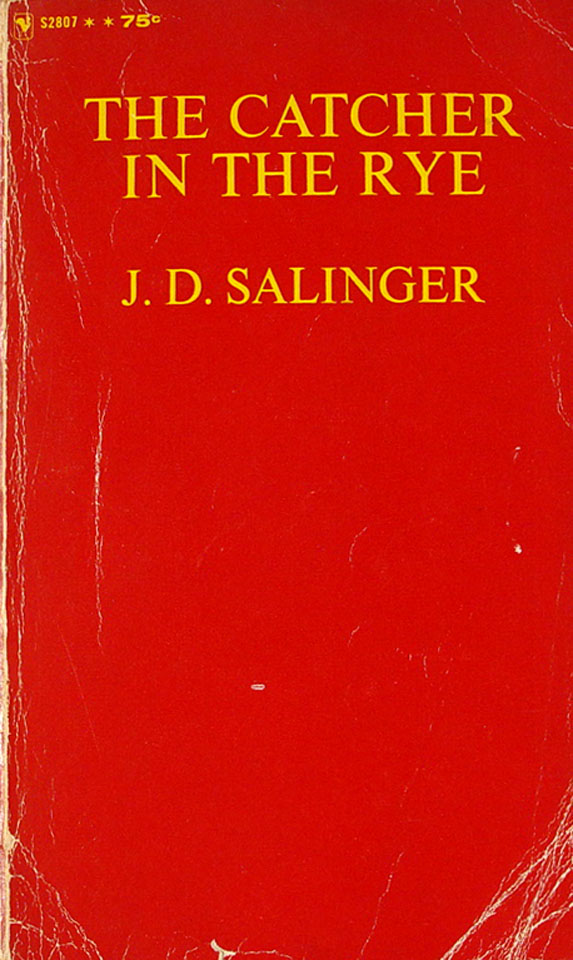James Baldwin wants to know if you truly understand his story. Please put together a detailed and meaningful response to your assigned prompt. Post it in the comments here. Make sure that it is 200 words or so in length, and is devoid of filler. I'm looking for load-bearing words.
After you have posted, I would like for you to respond to two posts. Your responses needn't be as long as your post, but should be no less detailed. You may also respond to a response, as long as it is a prompt other than your own. In discussions of this variety, students tend to lean on comments like "I agree" or "I haven't thought about it that way." Stay away from statements like this. James and I want to hear about validity, logic, and alternative analysis.
Partners and Prompts:
Liz and Kilby
1.
Analyze the narrator of “Sonny’s Blues.” Why do you think he goes unnamed throughout the story? What is the significance of his profession? What kind of person is he, and how does this impact his relationship with his brother?
Millie and Tucker
2.
Early in the story the narrator says that perhaps heroin did “more” for his students than algebra could. Do you think the narrator means this statement to be taken literally? Can it be seen as a valid idea? Can heroin be seen as an alternative way (along with music and religion) to escape from ghetto life?
Addison and Ashlyn
3.
The narrator says that the death of his own daughter made Sonny’s suffering “real” to him. Analyze the emotional equation at work here. How does the narrator’s suffering re-connect him to his brother? In what other ways does suffering serve to connect and reconnect people in the story? Trace the theme of suffering throughout the story and comment on its impact.
Kaitlyn and Jocelyn
4.
The image of the hunted or trapped animal is prominent in the story, and at the end of the story there is the image of this world “as hungry as a tiger.” Do you find other naturalistic elements at work in “Sonny’s Blues”? Can it be accurately described as “naturalistic”? How is it similar to or different from other naturalistic stories we’ve read?
Rollins and Aneri
5.
With respect to the imagery of hunted or trapped animals, who, finally, is trapped and who escapes in the story? At what cost?
Tyson and Sean
6.
Consider the chronology of the story. Plot out the events on a true, chronological timeline, with the first event being the death of the uncle, through to the end of the story. Why do you think Baldwin tells this story “out of time,” i.e. non-chronologically? What, ultimately, is the story really about, and how does the structure of the story reveal this to us?
Erin and TZ
7.
Readers and critics have suggested that “Sonny’s Blues” is a story that can be read, and understood, entirely through its use of imagery. In fact, it has been described as a story told more through images than plot. Trace the imagery of darkness and light through this story (beginning with the early images of the darkened bar and the darkness of the subway, and ending with the final image of the “cup of trembling”). How do these images, taken together, tell a story?
Maggie and Abigail
8.
What is the “cup of trembling”? How does it work to resolve the motifs of religious faith and music presented throughout the story? Does it resonate beyond those motifs?
Amber and Chris
9. The story keeps coming back to the condition of childhood; the narrator frequently references things that children supposedly do. What’s the narrator’s perspective on childhood? Why might childhood be a recurring point of consideration for “Sonny’s Blues”?








